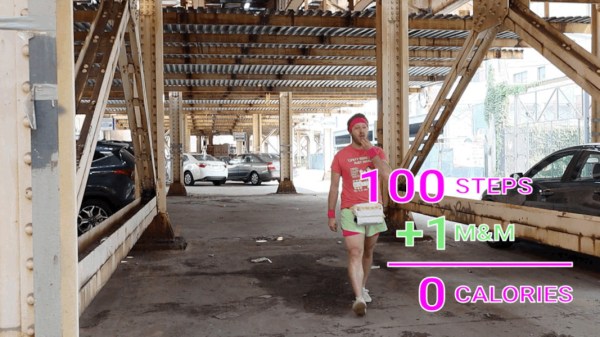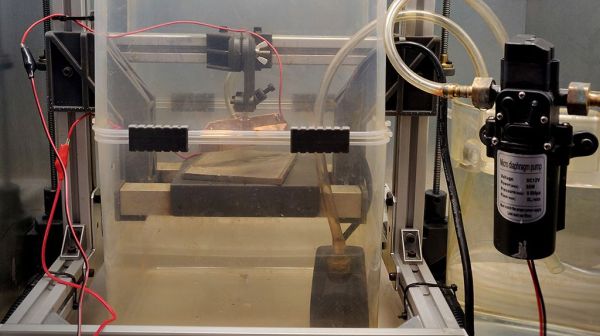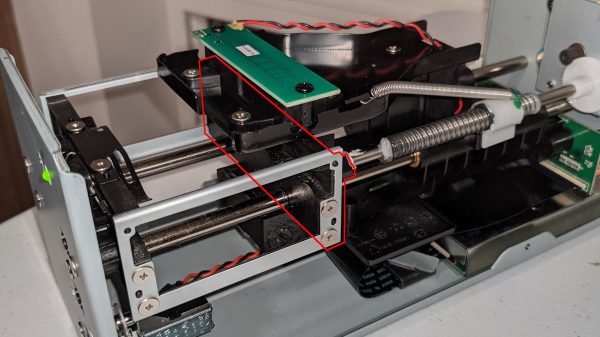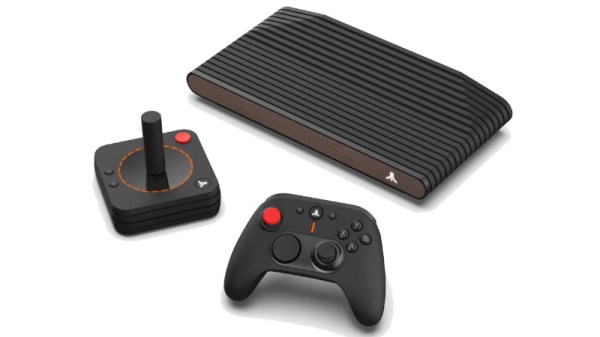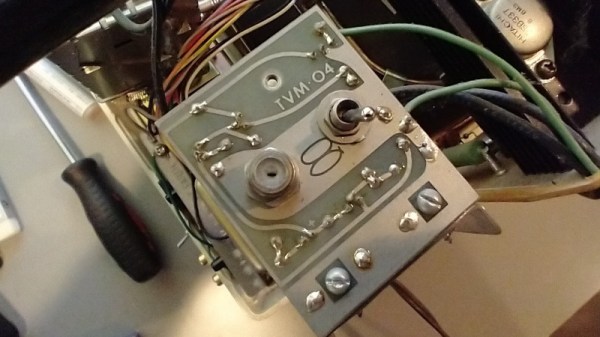[Sam March] has made a lot of different kinds of things, many of which have appeared on these very pages. Nowadays he wants to get the viewers more involved in his projects, so he started doing a monthly collaboration with YT viewers. Basically, he gives a prompt, and people comment with their wild and crazy ideas on the topic. Whoever has the winning idea gets the finished build. The maiden prompt was ‘fanny pack’, and you can check out the result in the build video (embedded below).
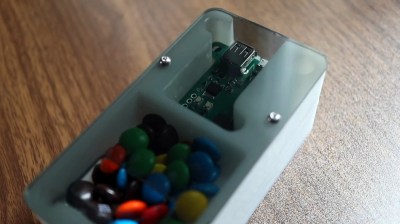 Someone suggested a Reese’s cup-dispensing fanny pack that gives you one cup for every 10,000 steps you take. We like what [Sam] did with that idea, because it’s way more practical — M&Ms are the original travel candy, and this way, you get to eat chocolate way more often. Depending on your sweet tooth, Reese’s Pieces would be a good compromise.
Someone suggested a Reese’s cup-dispensing fanny pack that gives you one cup for every 10,000 steps you take. We like what [Sam] did with that idea, because it’s way more practical — M&Ms are the original travel candy, and this way, you get to eat chocolate way more often. Depending on your sweet tooth, Reese’s Pieces would be a good compromise.
[Sam] figured out that the average human burns one calorie for every 25 steps, and that the average plain M&M is worth four calories, so he built a fanny pack with a step counter that dispenses one M&M for every 100 steps taken using a tiny auger. It’s calorie-neutrality!
You might be wondering if [Sam] made the fanny pack, too, or used something store-bought. The answer is neither: at some point in the build process, a company graciously offered to make a fanny pack with a special compartment in the bottom for the M&M dispenser. If you want to build one of these for yourself, you can get the CAD file for the milled base, the screw, the hopper, and the lid plus the code and also the gerbers on GitHub. We see a place for the sewing pattern, but as of now, the folder is empty. Be sure to check out the build and demo video after the break as [Sam] hits the town in a screaming set of neon workout wear to test the dispenser.
Most of the M&M-based projects we see around here are designed to sort by color. Here’s one that searches for the holy grail — peanut M&Ms that didn’t get a peanut. Continue reading “Step ‘n Snack Fanny Pack Motivates With M&Ms”

